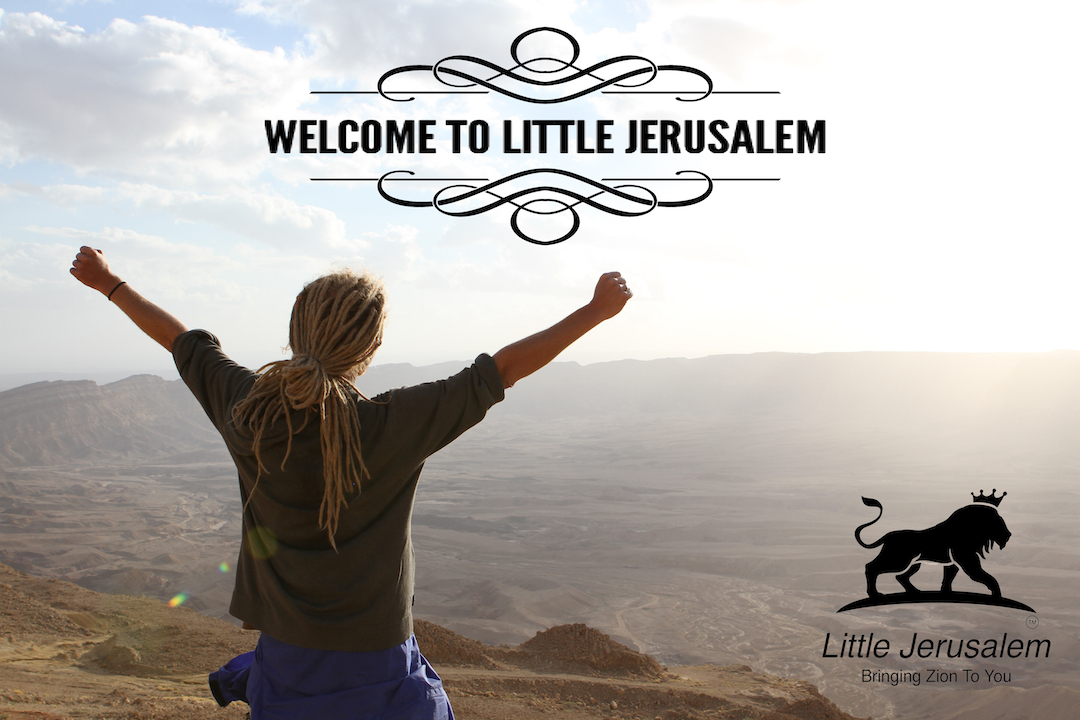Hollidays & Feasts in Jerusalem
TU BISHVAT
The Jewish New Year of the Trees, Tu Bishvat, in late January or early February, is all about celebrating greenery and nature. The holiday is a perfect excuse to plant a tree or simply take in some of the special and unique green spots in Jerusalem.
PURIM
The city of Jerusalem is considered the most intense place to experience the Jewish religious holidays. The holiday of Purim, generally in March, marks the deliverance of the Jews in the ancient Persian Empire from an evil man named Haman who aimed to destroy the Jewish people. The holiday is celebrated with reading of the story in the Book of Esther (Megillat Esther), wearing of masks and fancy dress, giving of gifts (mishloach manot) as well as charity, a festive meal (seuda) and eating delicious triangular shaped cookies (hamantaschen).
There are many fun and creative ways to experience Purim in Jerusalem, and many Purim parties around the city for those that use the holiday as a reason for a night out.
EASTER
A Christian holiday and festival celebrating the resurrection of Jesus on the third day after his crucifixion at Calvary (as described in the New Testament), Easter in Jerusalem is a special experience with the unique opportunity to commemorate the resurrection right in the heart of the area Jesus was buried and believed to have come back. Catholics may want to celebrate at the Holy Sepulchre in the Old City’s Christian Quarter, where they believe Jesus’s burial and resurrection took place, whereas Baptists will likely head to the Garden Tomb
PASSOVER
One of the most significant and famous of the Jewish holidays, the holiday of Passover (Pesach) is a celebration of the freedom of the Jews from slavery in Egypt. The holiday usually takes place in April and is celebrated with a festive meal (known as a seder) that commemorates the Exodus. During the meal, among other things, the story of the Jews leaving Egypt is recounted from a book called the Hagadah, and matzah (unleavened bread) is eaten. Tourists may want to take part in one of the communal seders around Jerusalem.
One of the three biblically-mandated festivals, known as the Shalosh Regalim, on which Jews were commanded to make a pilgrimage to the Temple in Jerusalem, you won’t want to miss out on the impressive priestly blessing (Birkat Hakohanim) at the Western Wall during the intermediate days of Passover.
LAG B’OMER
The holiday of Lag B’Omer, all about bonfires, takes place 33 days after the first day of Passover, and marks the anniversary of the death of Rabbi Shimon Bar Yochai, a famous kabbalist sage. The holiday also commemorates the famous Bar Kokhba revolt against the Roman Empire. The bonfires are lit to remind one of the bonfires that were lit at the time, and of the “light” which emanated from Rabbi Shimon Bar Yochai. Kids in particular enjoy this holiday and it’s a great excuse to get out your barbecue tongs, marshmallows and enjoy.
SHAVUOT
The Jewish holiday of Shavuot marks the anniversary of the day God gave the Torah to the Jews and is also a day which is marked by mass consumption of dairy products, making it a delicious event for all. On Shavuot night, there is a practice of staying up all night to learn Jewish texts and in Jerusalem the night is rounded off with the convergence of thousands of Jews at the Western Wall in the Old City. The priestly blessing (Birkat Hakohanim) also takes place on Shavuot.
ROSH HASHANAH
The Jewish New Year, Rosh Hashanah, is celebrated with a festive meal that includes symbolic foods such as apples dipped in honey for a sweet year. Many events with the theme of fresh beginnings take place around the city. Watch this space for more details soon.
YOM KIPUR
The idea of purification is fulfilled by fasting: on Yom Kippur observant Jews fast from the evening of the holy day until the following night. Unlike all the other Jewish fast days, Yom Kippur is observed in full, even when it coincides with Shabbat. Yom Kippur is the only day on the Jewish calendar during which there are five prayer services.
Yom Kippur is not directly connected with any specific historical event, although some believe that on this day Moses came down from Mt. Sinai with the second set of tablets engraved with the Ten Commandments and God forgave the Israelites for the sin of the Golden Calf. This is a holiday ordained in the Torah, where it is called a Shabbat of Solemn Rest, a day on which no productive work can be done, just like on Shabbat.
Even though most of the Jewish population in Israel is not religiously observant, Yom Kippur has and remains a special day for all and has retained its unique character. Many Jews who define themselves as secular and do not visit the synagogue all year long, go to prayer services on the special day, and many also observe the fast, completely or partially.
SUKKOT
The holiday of Sukkot, known as the Feast of Booths or Feast of Tabernacles, is a joyful Jewish holiday that takes place after the Jewish New Year (Rosh Hashanah) and Day of Atonement (Yom Kippur). Generally in late September or October, the holiday lasts seven days in Israel and involves dwelling — or at least eating — in a temporary structure covered with plant material such as palm leaves. The sukkah is intended to remind one of the fragile dwellings the Jews lived in during their 40 years of travel in the desert after the Exodus from slavery in Egypt, and acts as a reminder that one’s permanent homes provide just an illusion of security. On each day of the holiday, blessings are recited over various leaves and fruits, known as the four species. Look out for an article on Sukkot soon.
